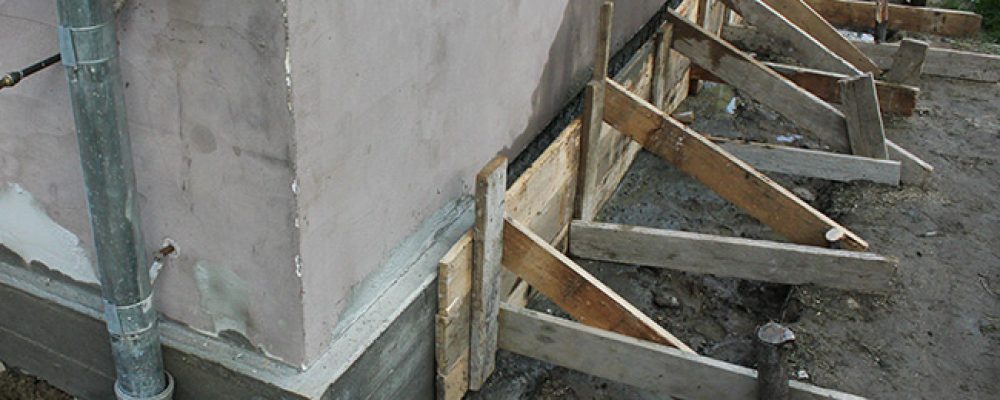Homeowners considering slab foundations need to be wary of several drawbacks. Plumbing lines encased in concrete may make accessing and servicing them difficult if repair needs arise.
Slab foundations can be easier to construct than basements, yet they do come with some drawbacks – the main one being no extra space for a crawl space. Find out the best Underpinning Melbourne services.
Monolithic
Monolithic slab foundations have the ability to last over 50 years when constructed correctly. Their simple design makes it easy to get it right from the beginning; without joints, these foundations are resistant to cracking provided that anchor bolts and reinforcement have been installed correctly. Furthermore, maintenance requirements are minimal, only needing regular inspections to make sure there are no cracks appearing in their structure.
This foundation type can be installed quickly compared to stem walls and labor costs are significantly lower. Unfortunately, however, it doesn’t provide crawl spaces, which may become an issue in some locations due to flooding, as well as diminish the value of your home due to less room for electrical and plumbing wiring systems. It is nonetheless an excellent solution for properties located on sandy soil that don’t suit other methods of foundation construction.
Stem Wall
Stem wall foundations are a type of concrete slab foundation featuring footers and stem walls constructed before pouring a slab, such as manufacturing facilities that need sturdy vertical support due to ground freezing or flooding. Builders then pour their slab on top, using steel reinforcement in order to enhance durability. They’re an excellent choice for buildings requiring long-term vertical support like this – manufacturers frequently utilize stem wall foundations as protection from shifts caused by freezing ground conditions or flooding waters.
Stem walls are constructed from cinder blocks and reinforced with steel reinforcement, and connect the foundation to the walls of a house via their foundation. Commonly found in houses with crawl spaces (vented or unvented), stem walls elevate buildings above ground level to reduce seepage of moisture into crawl spaces as well as termite damage, while making repair easier to access the area easily. However, this foundation type should not be chosen in areas that experience high frost levels.
Slab-on-Grade
Slab foundations are the most prevalent type of concrete home foundation and work best in warm climates. Poured over undisturbed soil or leveled and compacted bases, and typically installed as monolithic slabs (i.e. both footings and slab floor are placed simultaneously), slab foundations have become popular choices among homebuilders looking for solutions for building a new house on solid ground.
This type of foundation is relatively cost-effective to build, doesn’t require excavation, and allows for an open interior design without support columns obstructing your living space. It makes the perfect choice for homes on tight lots.
But slab foundations can be especially vulnerable to moisture issues. Without an effective vapor barrier in place, water and gas lines embedded within the slab become exposed and may lead to corrosion over time. Furthermore, improperly laid concrete can crack over time, creating leaks, mold growth or rot inside your home if poured improperly – leading to even further issues for your foundation.
Floating
Floating slabs are perfect for construction projects such as sheds and garages, home additions and renovations that don’t require full footings, like sheds or garages, without needing full foundation walls – making them more cost-effective to construct than full footings. Their floating design provides good load bearing strength without necessitating foundation walls – making construction more cost effective overall.
Saving on excavation and concrete costs, floating slab foundations are also effective ways of cutting costs by decreasing trench depth. A properly designed floating slab foundation can even be built all-at-once (monolithically) for further savings.
However, this building style comes with its own drawbacks; plumbing and electrical conduit must pass through the floor and could potentially break through in an emergency situation if something goes wrong with their pipes or lines – although this has become less frequent over time due to advances in plumbing materials which make longer-lasting plumbing lines that don’t penetrate so deeply into slabs – helping reduce such incidents in future years. New generations of plumbing lines feature stronger materials which don’t run so deep through slabs reducing this likelihood significantly.

